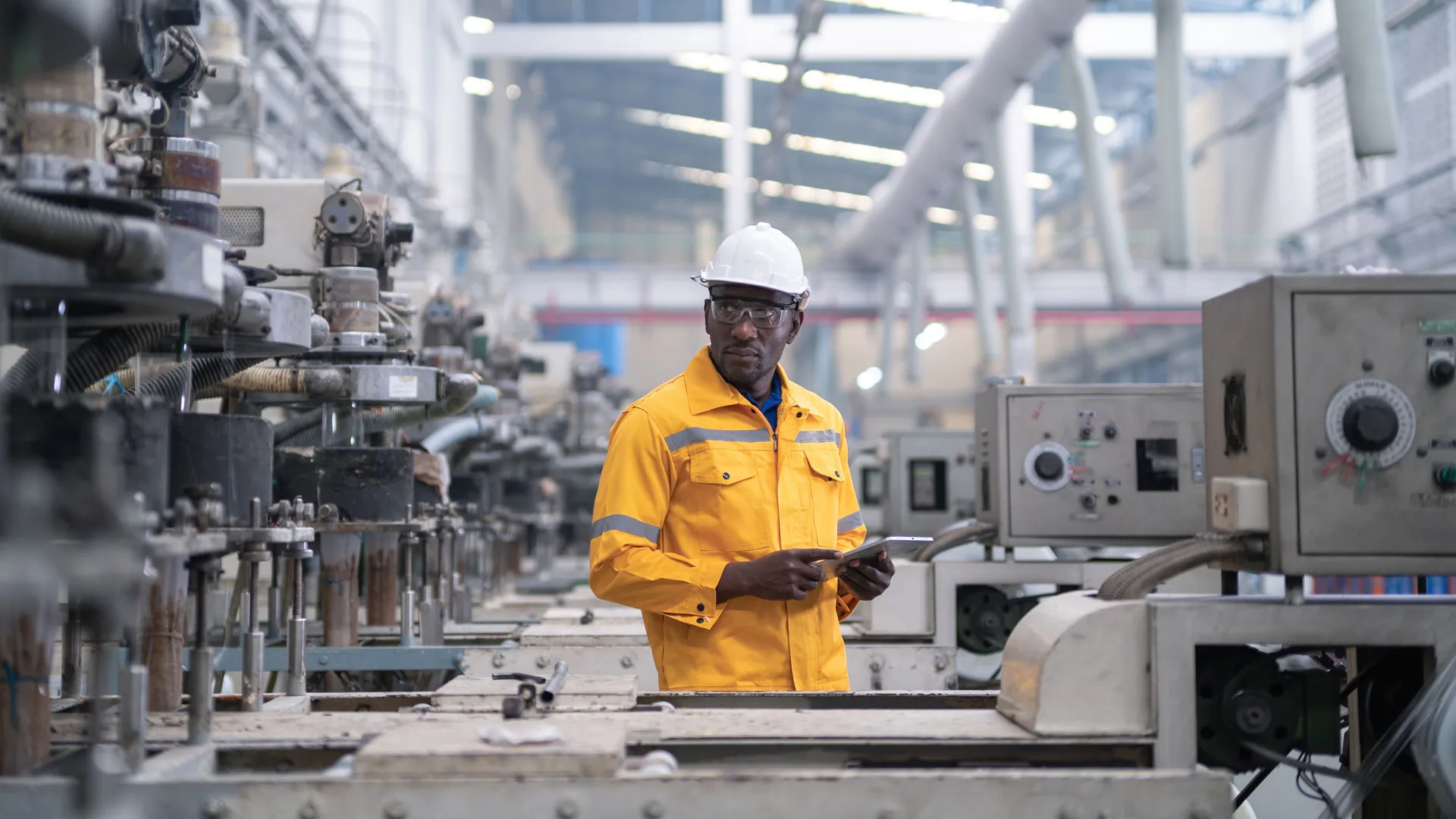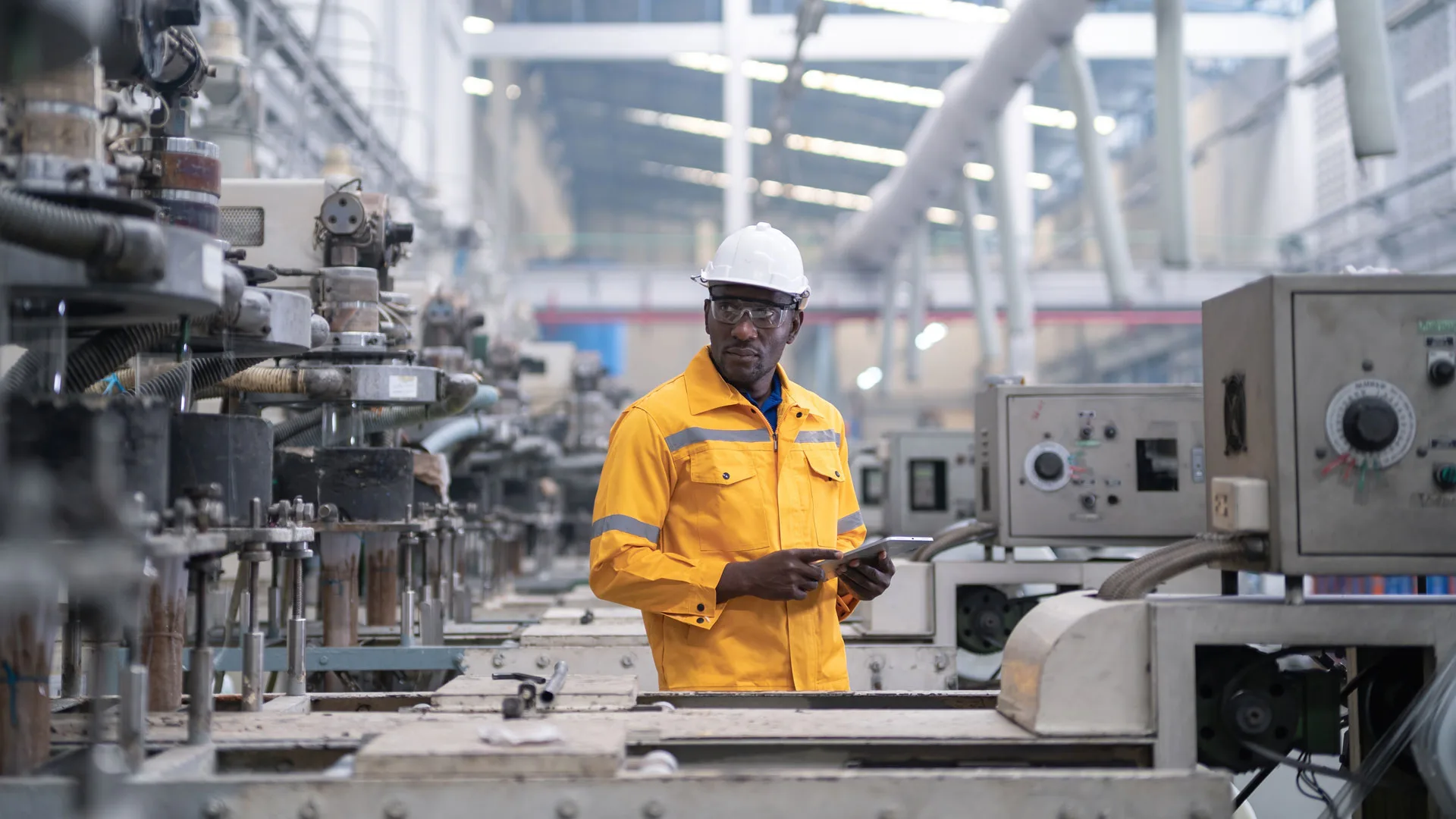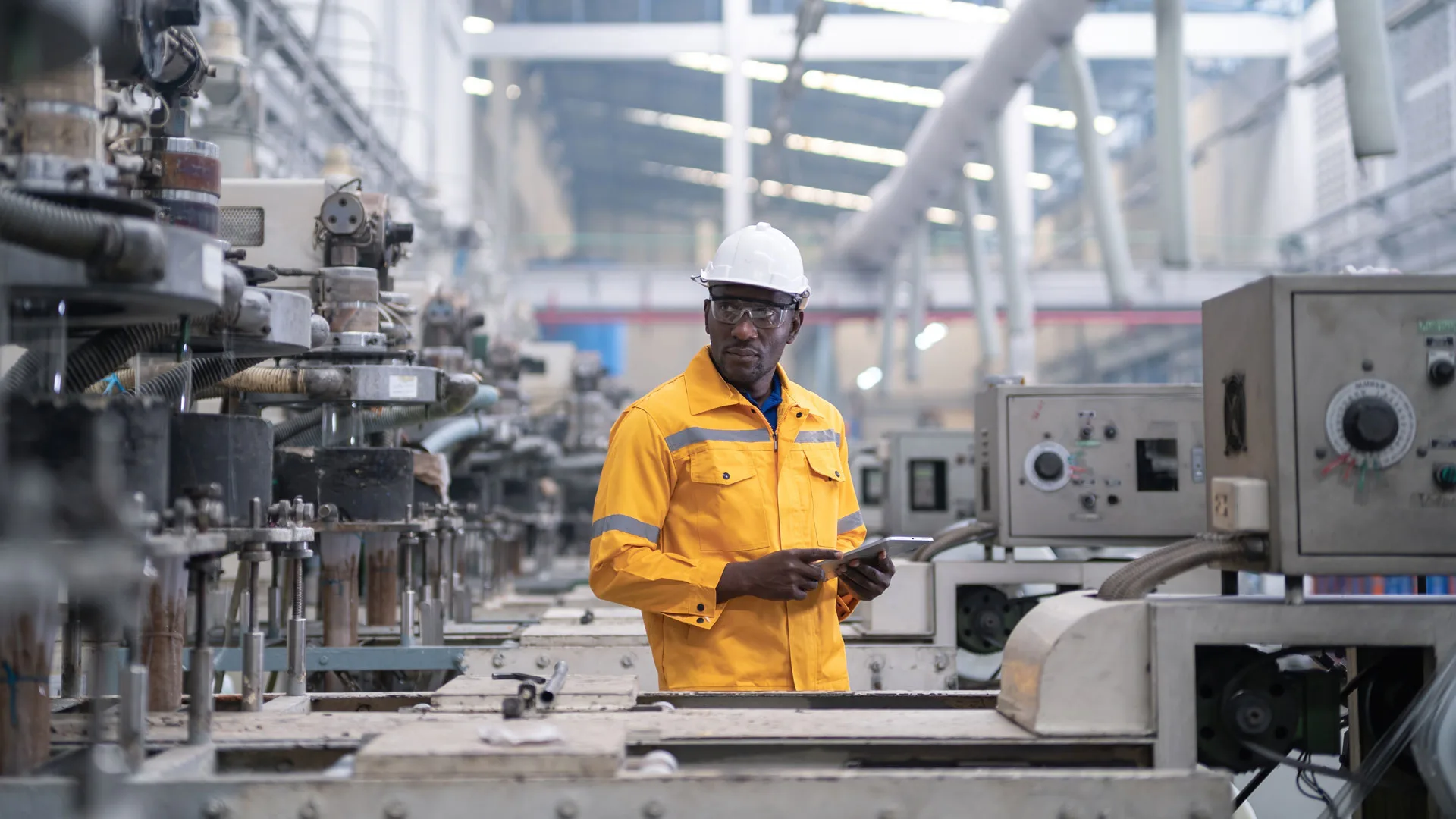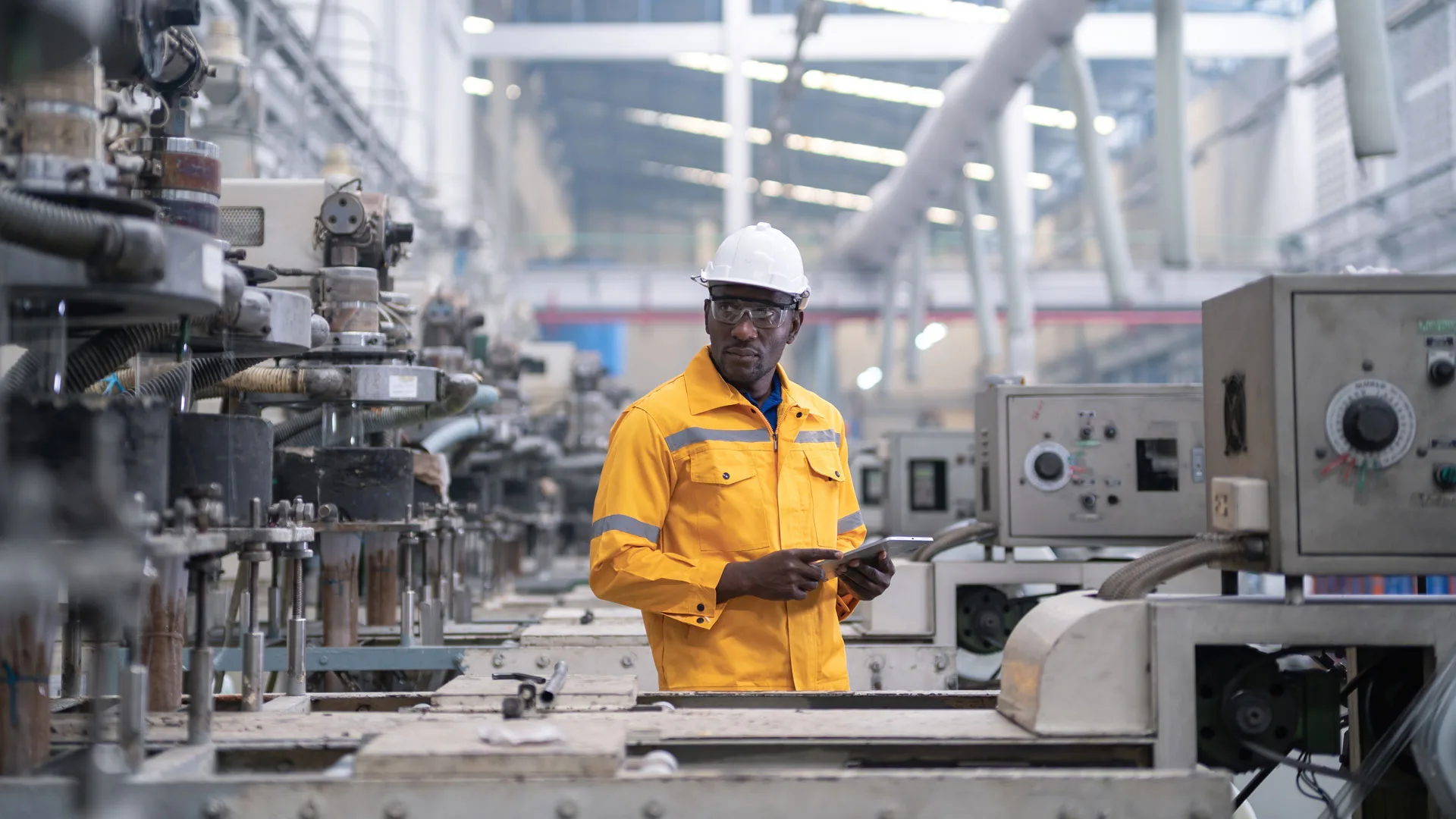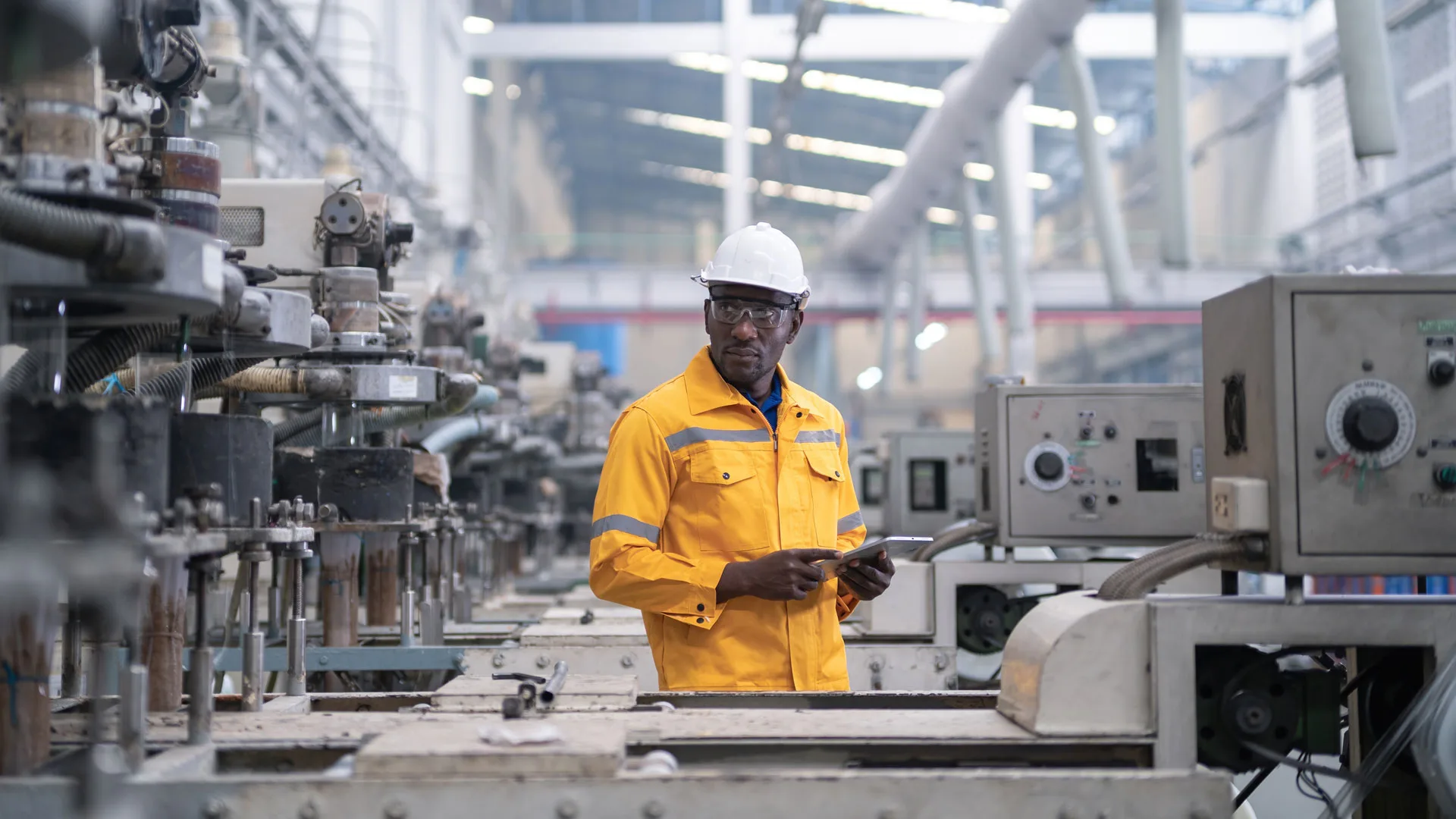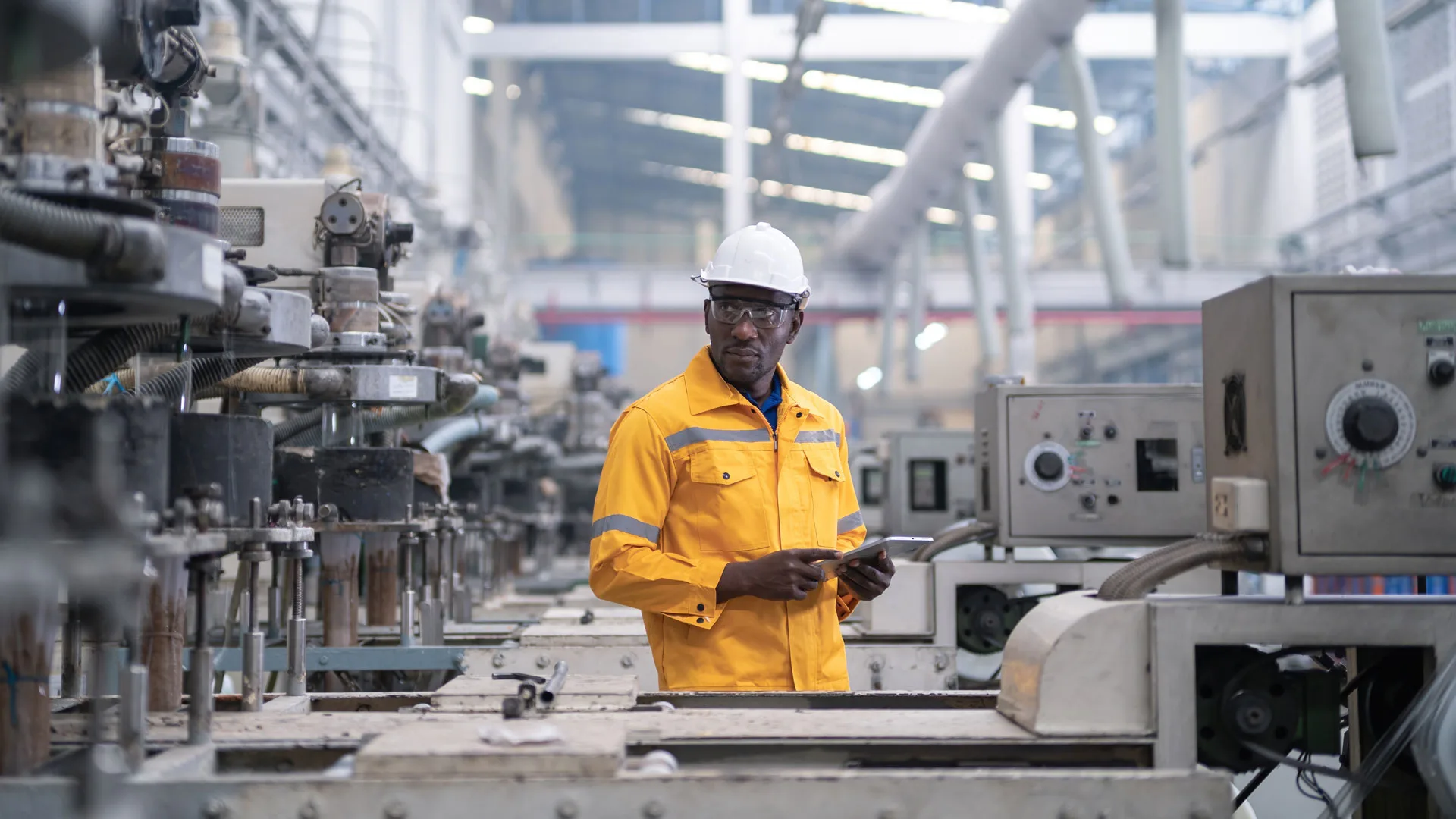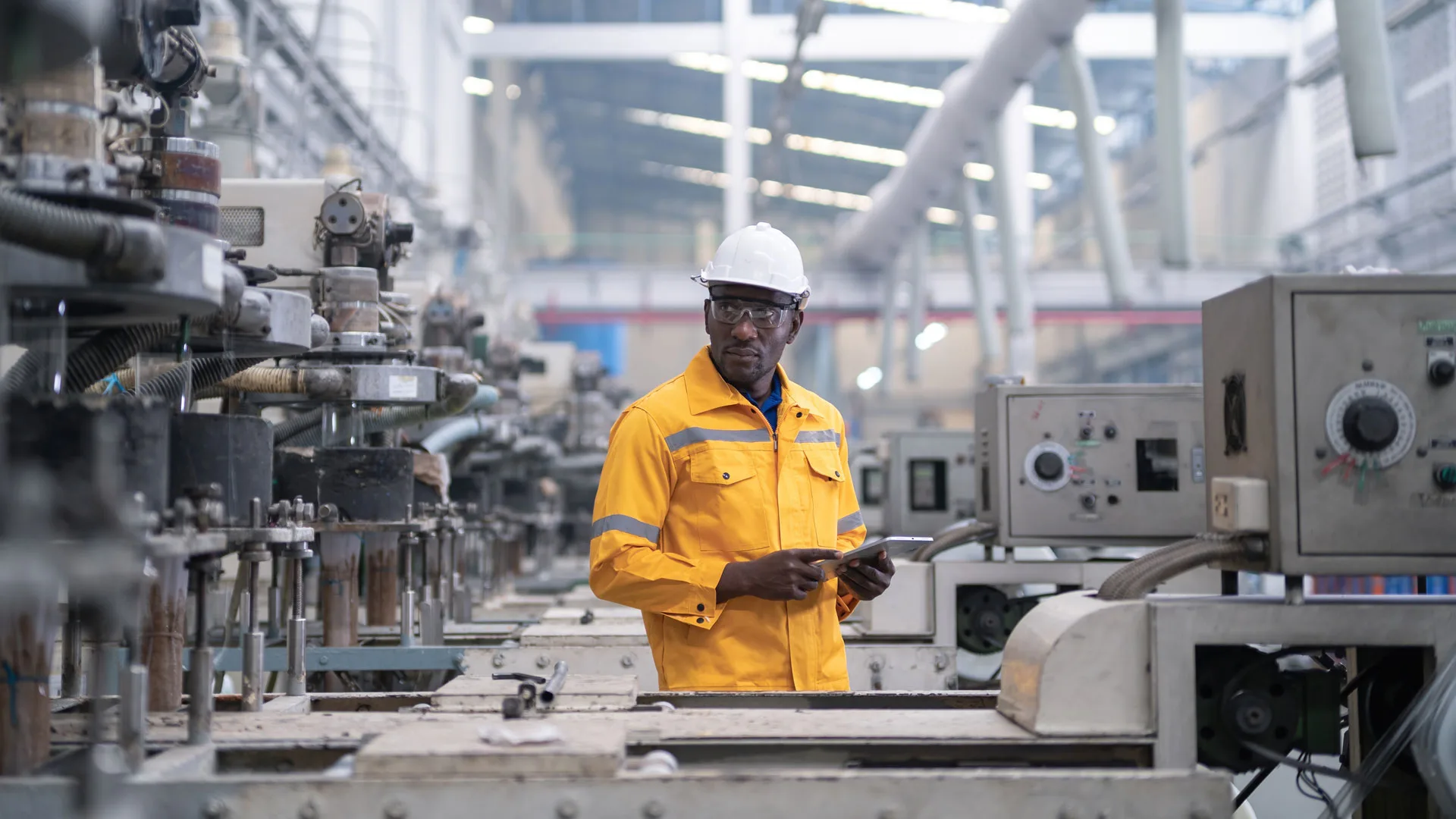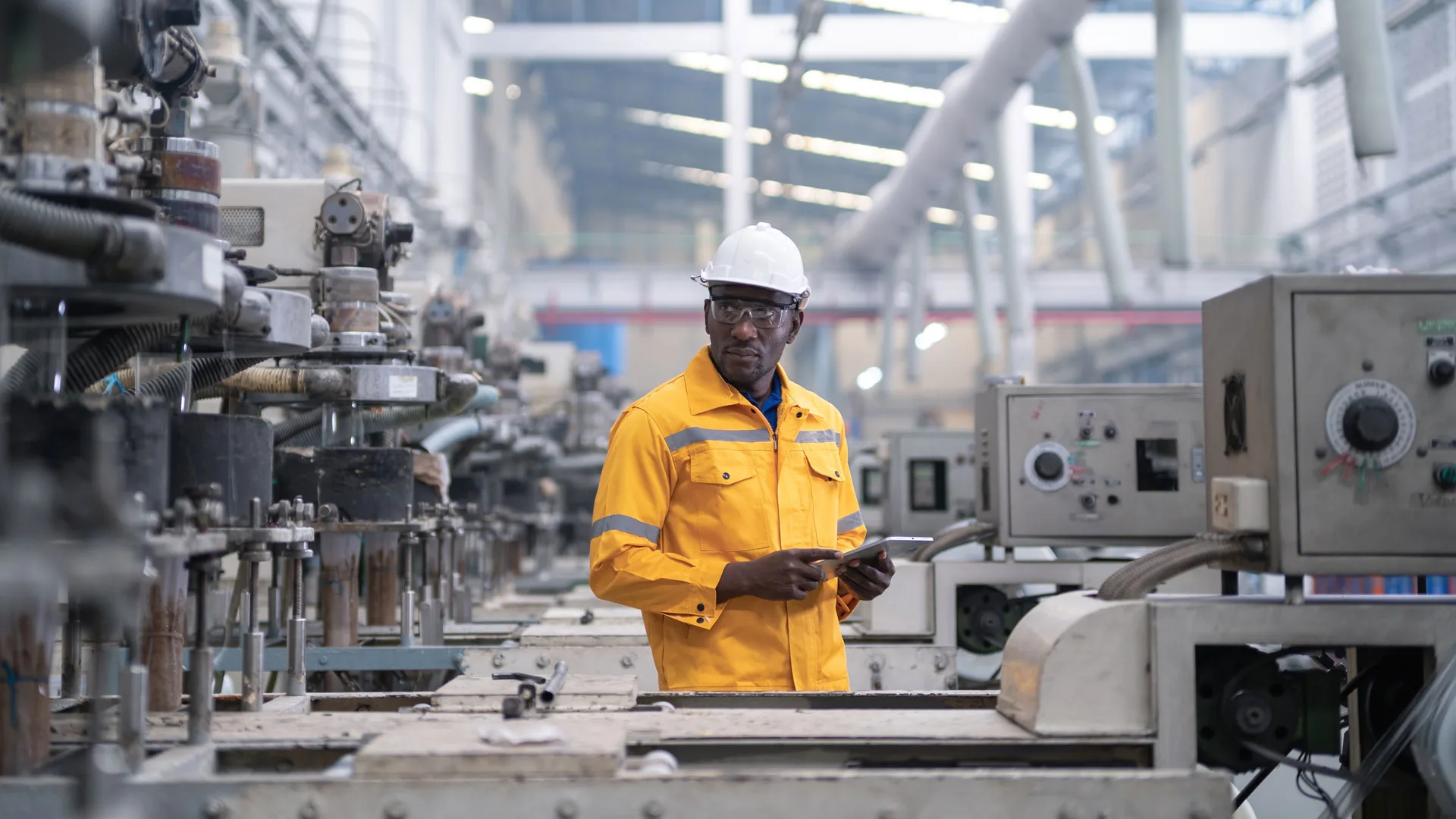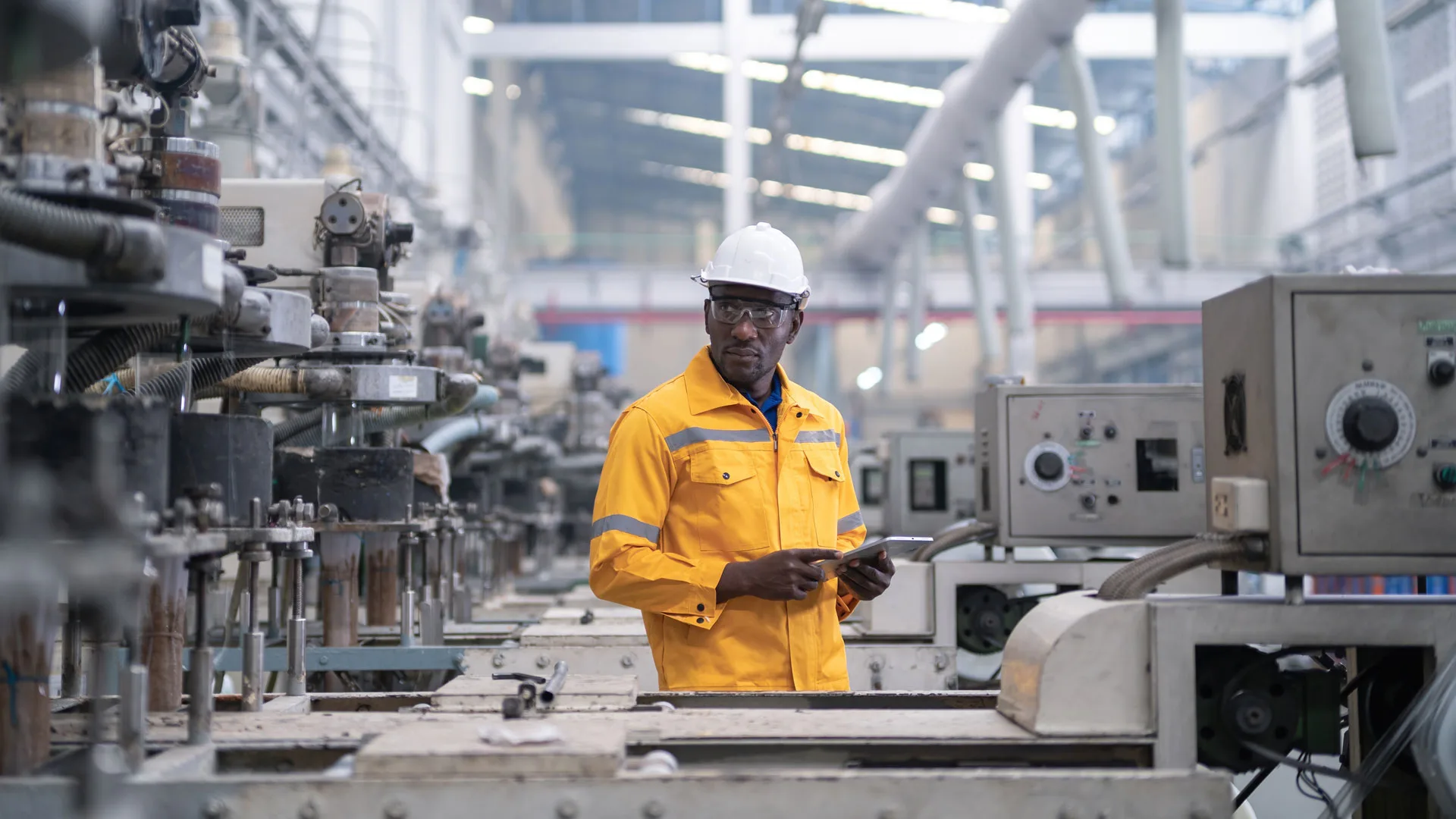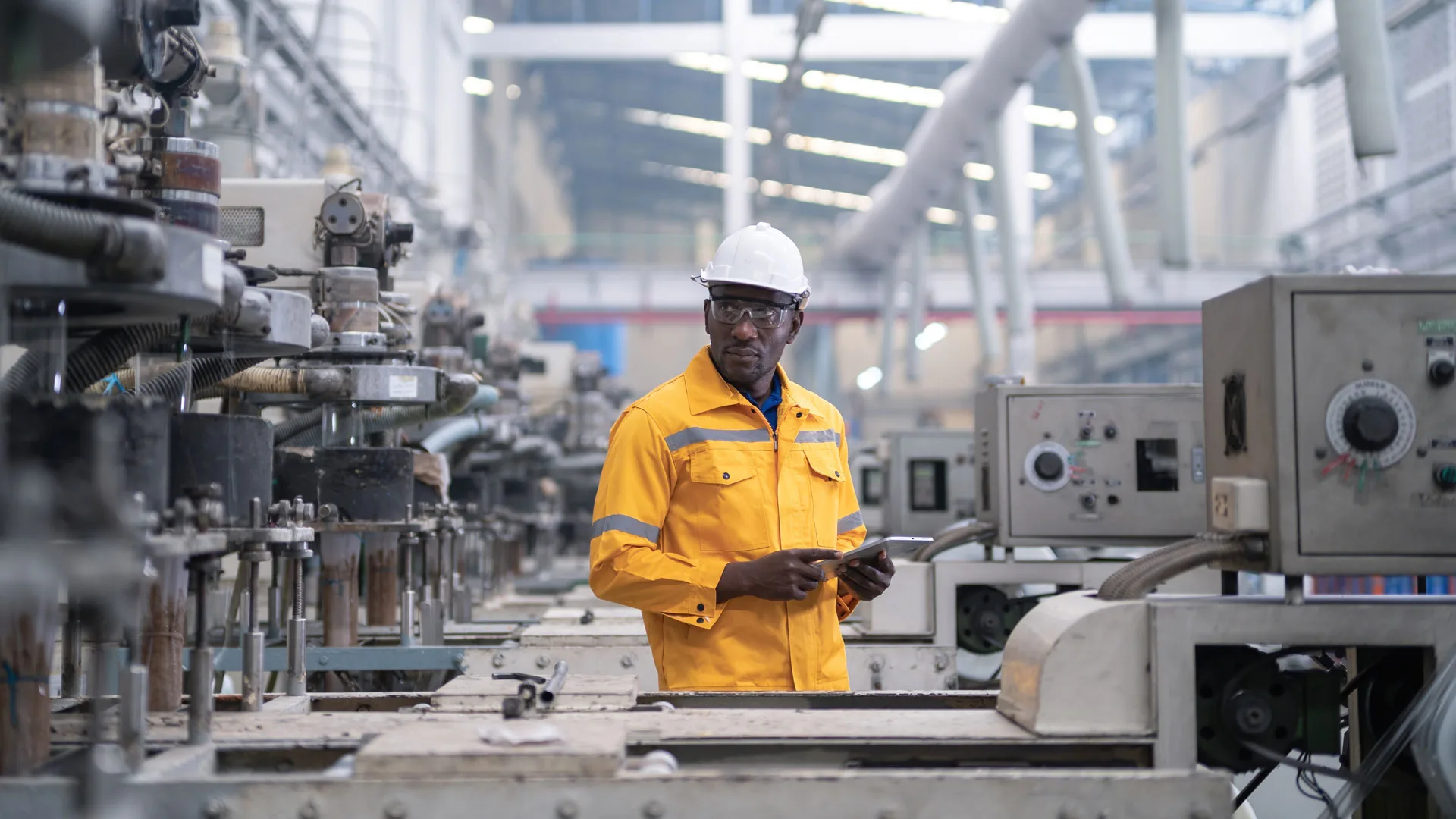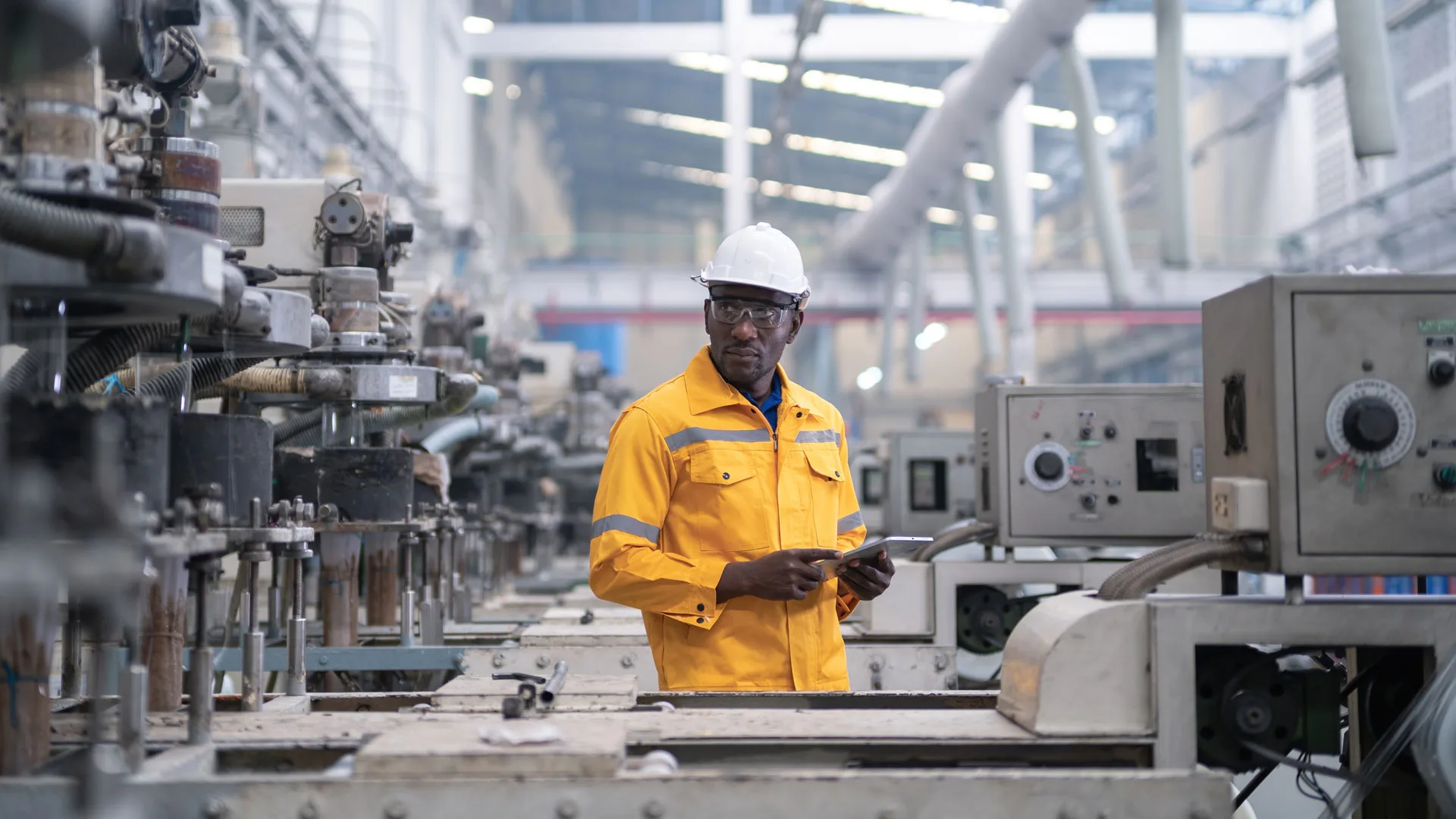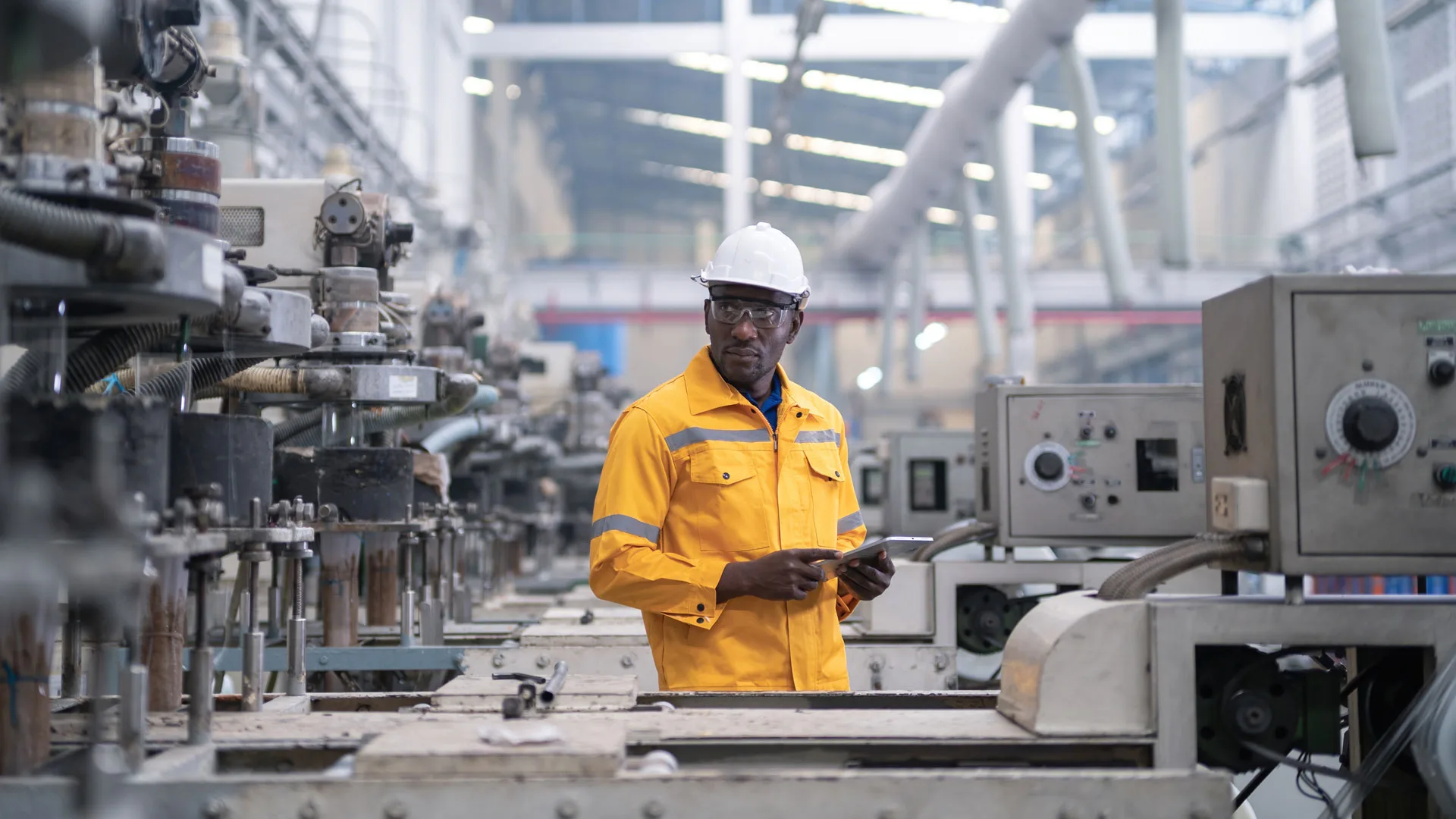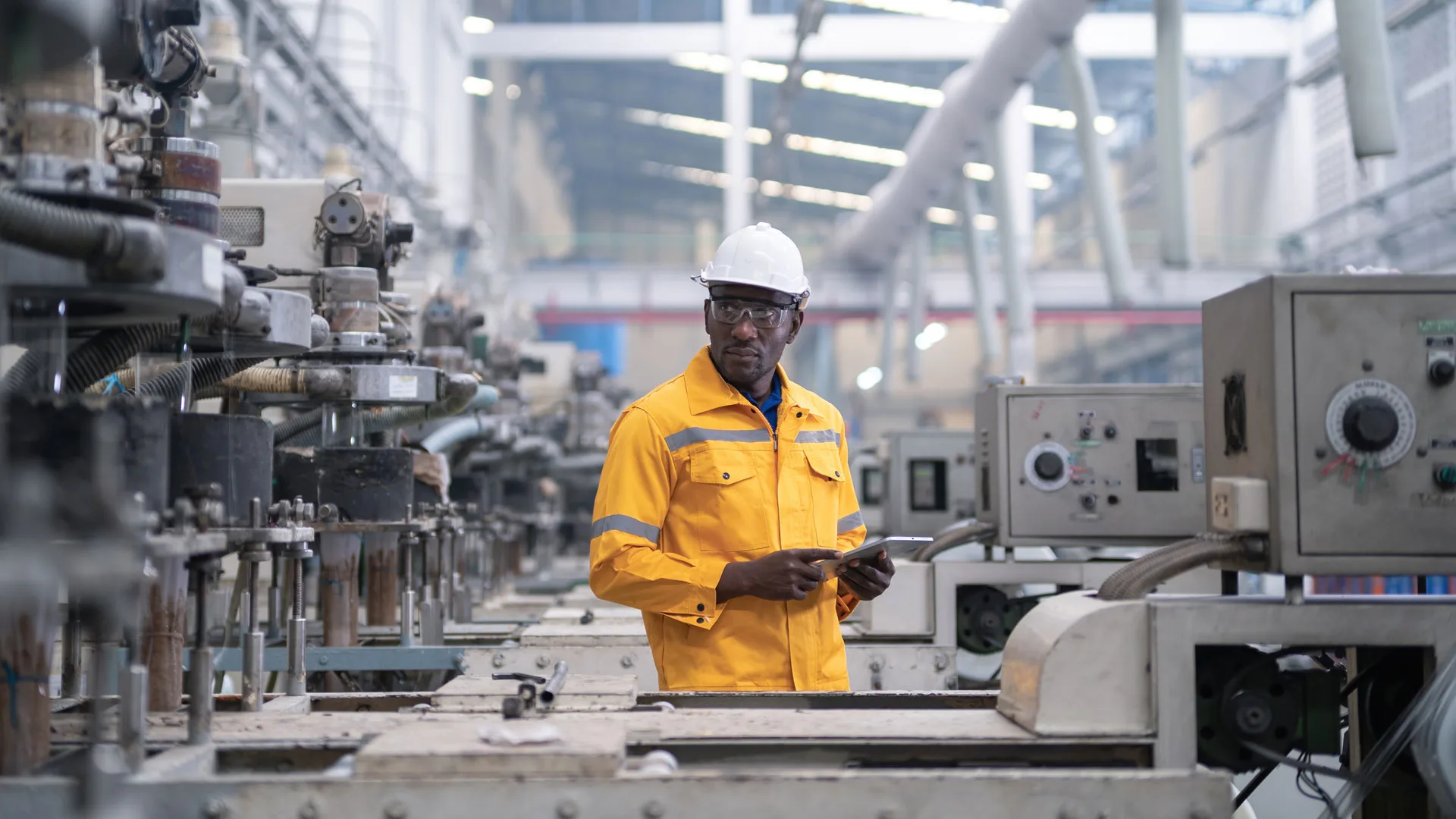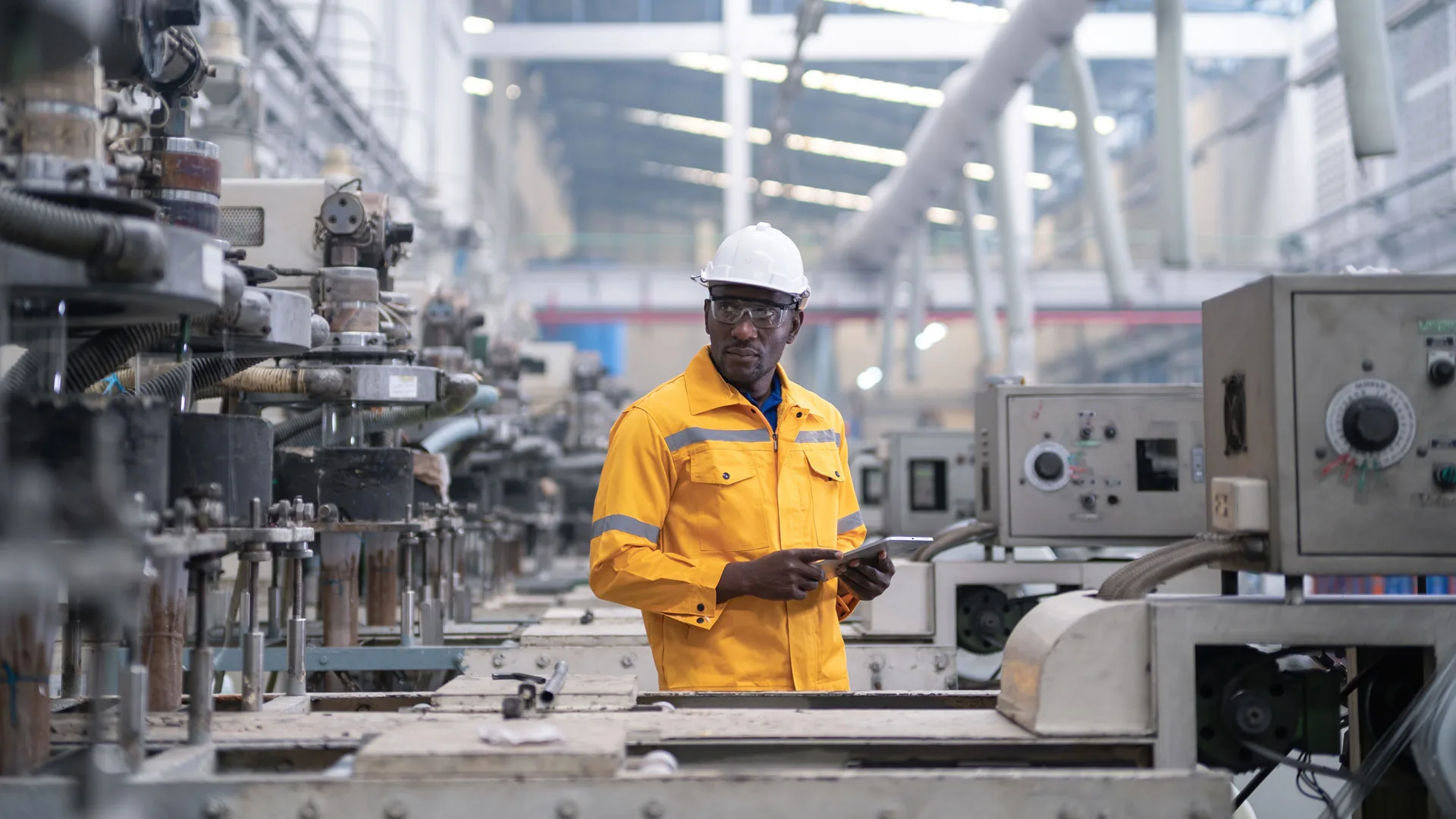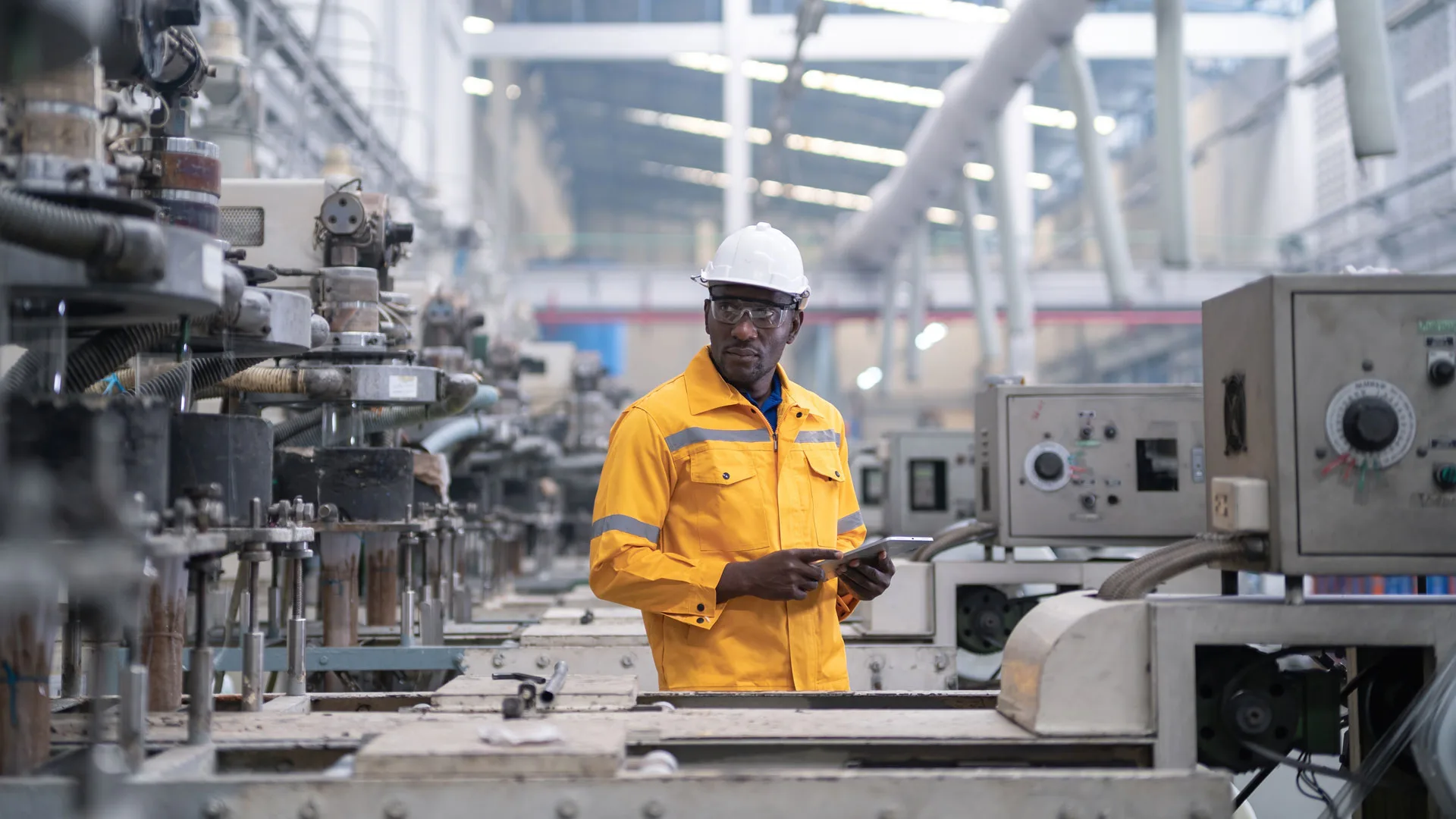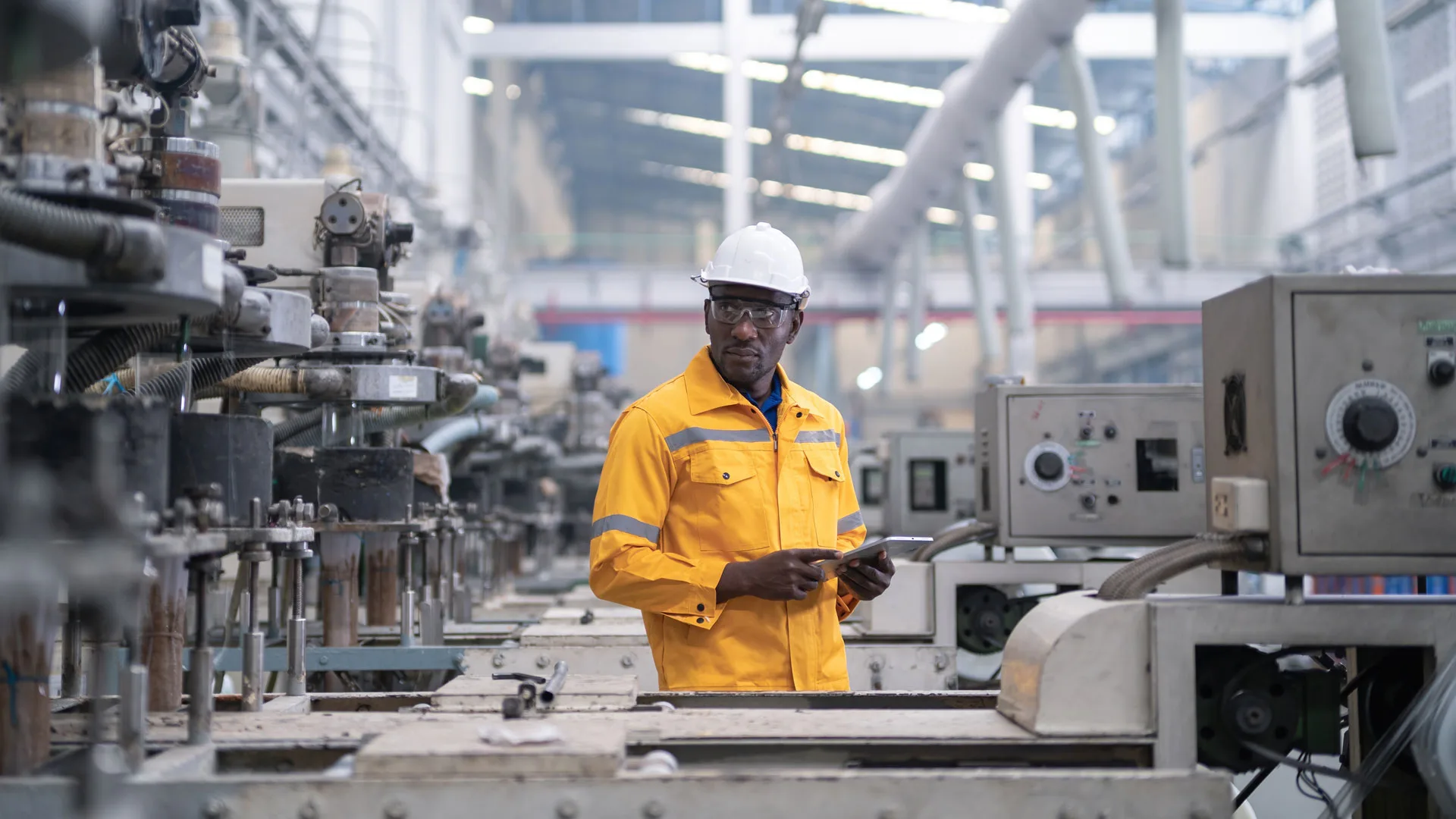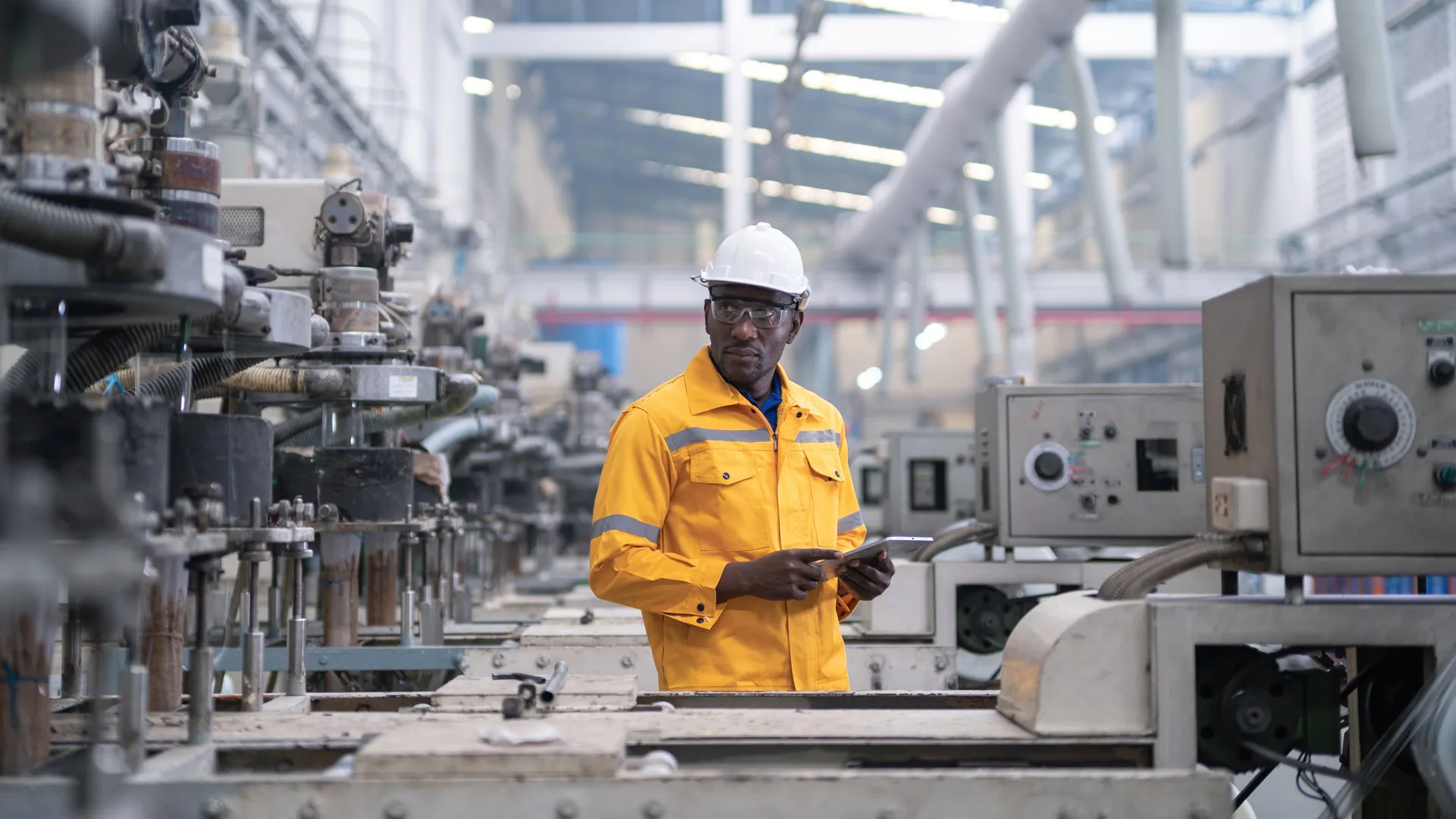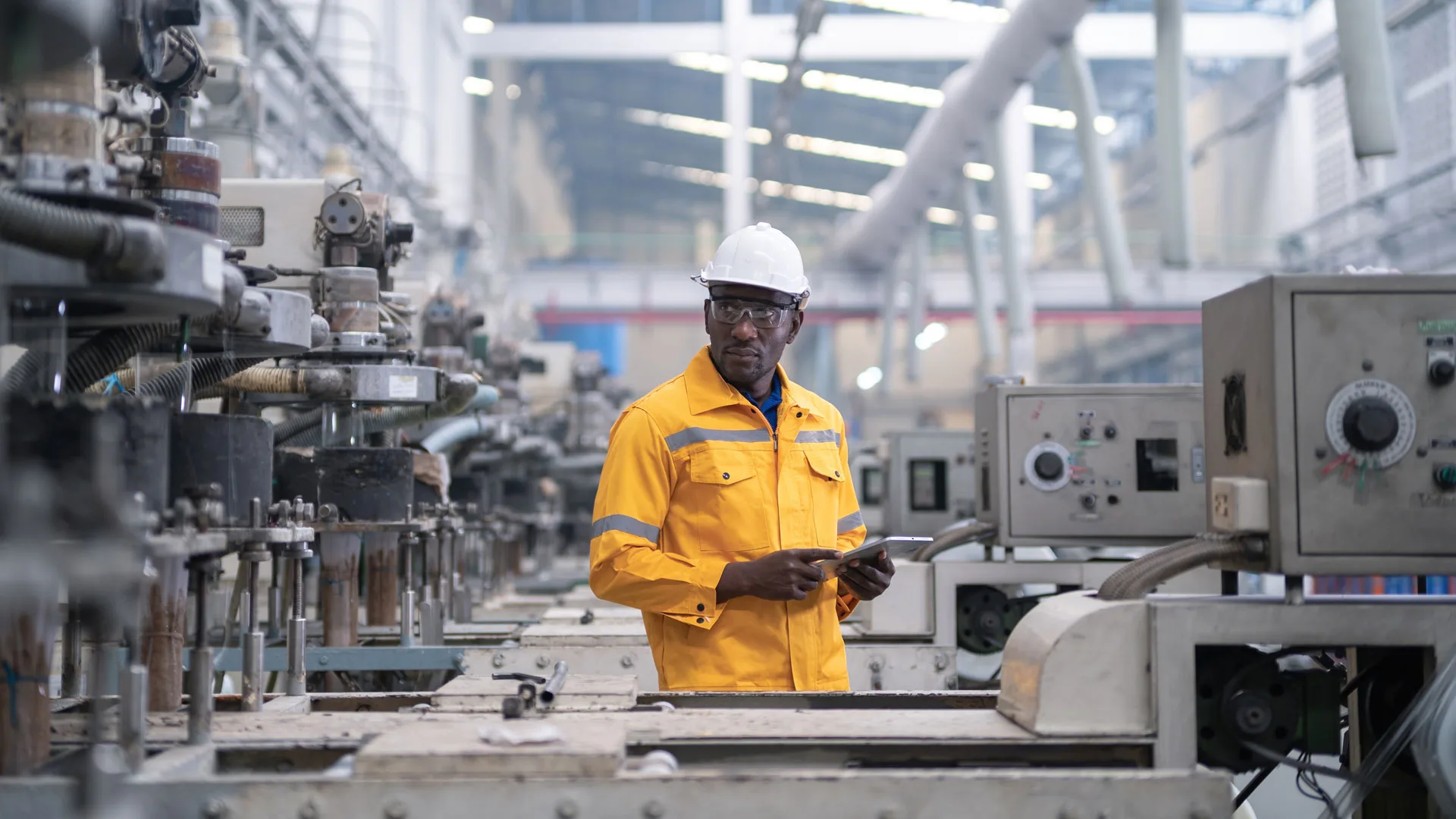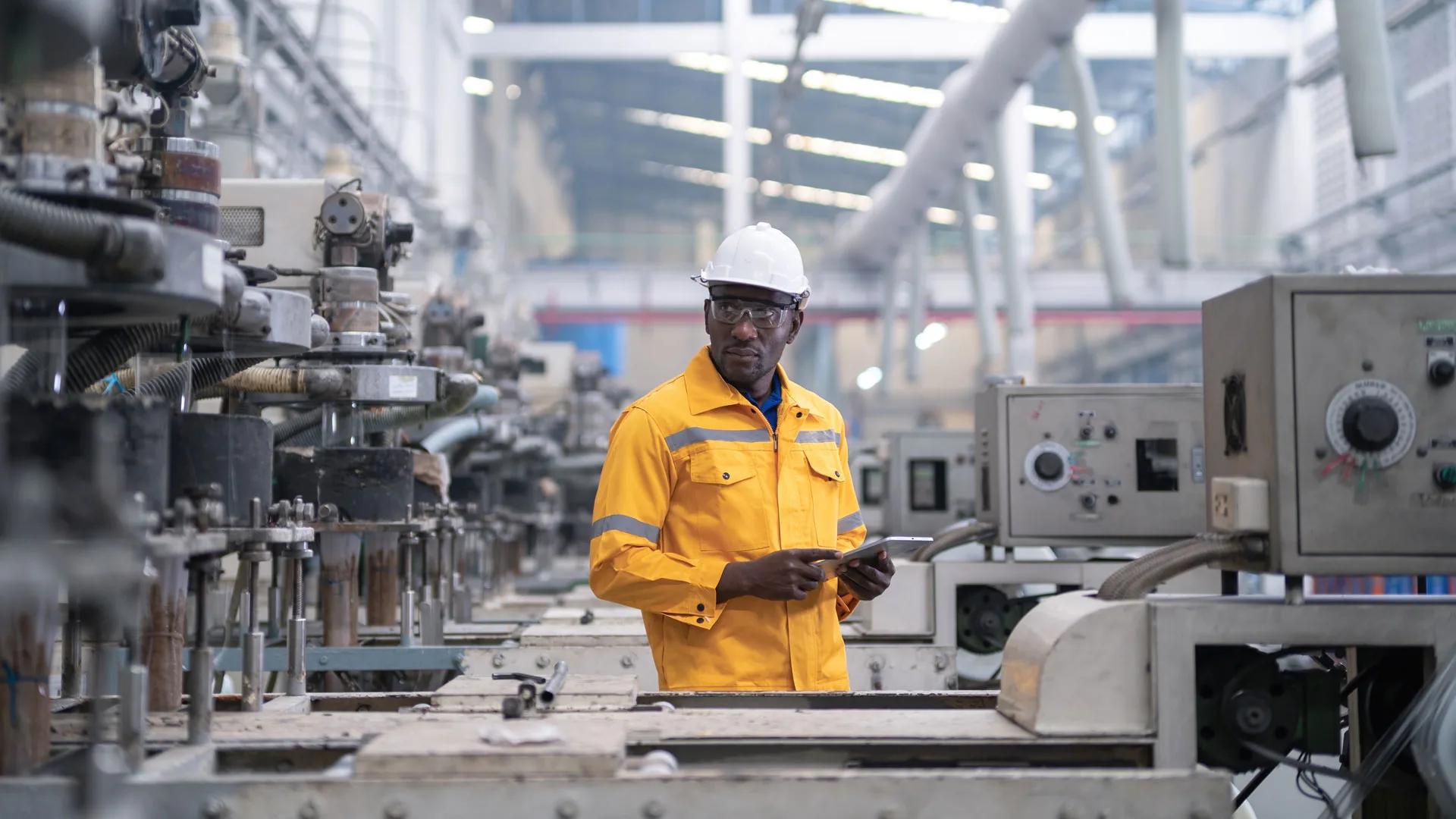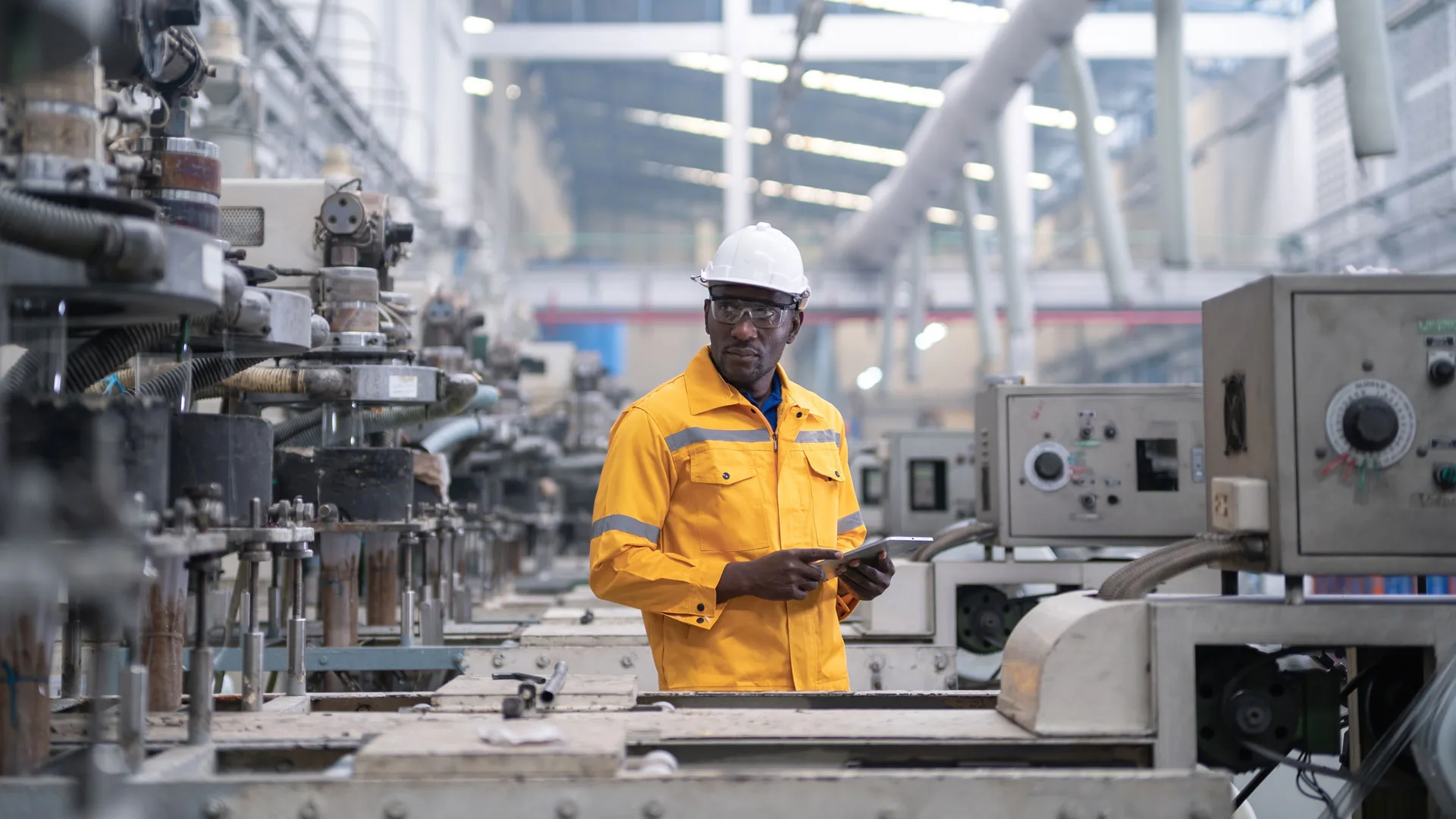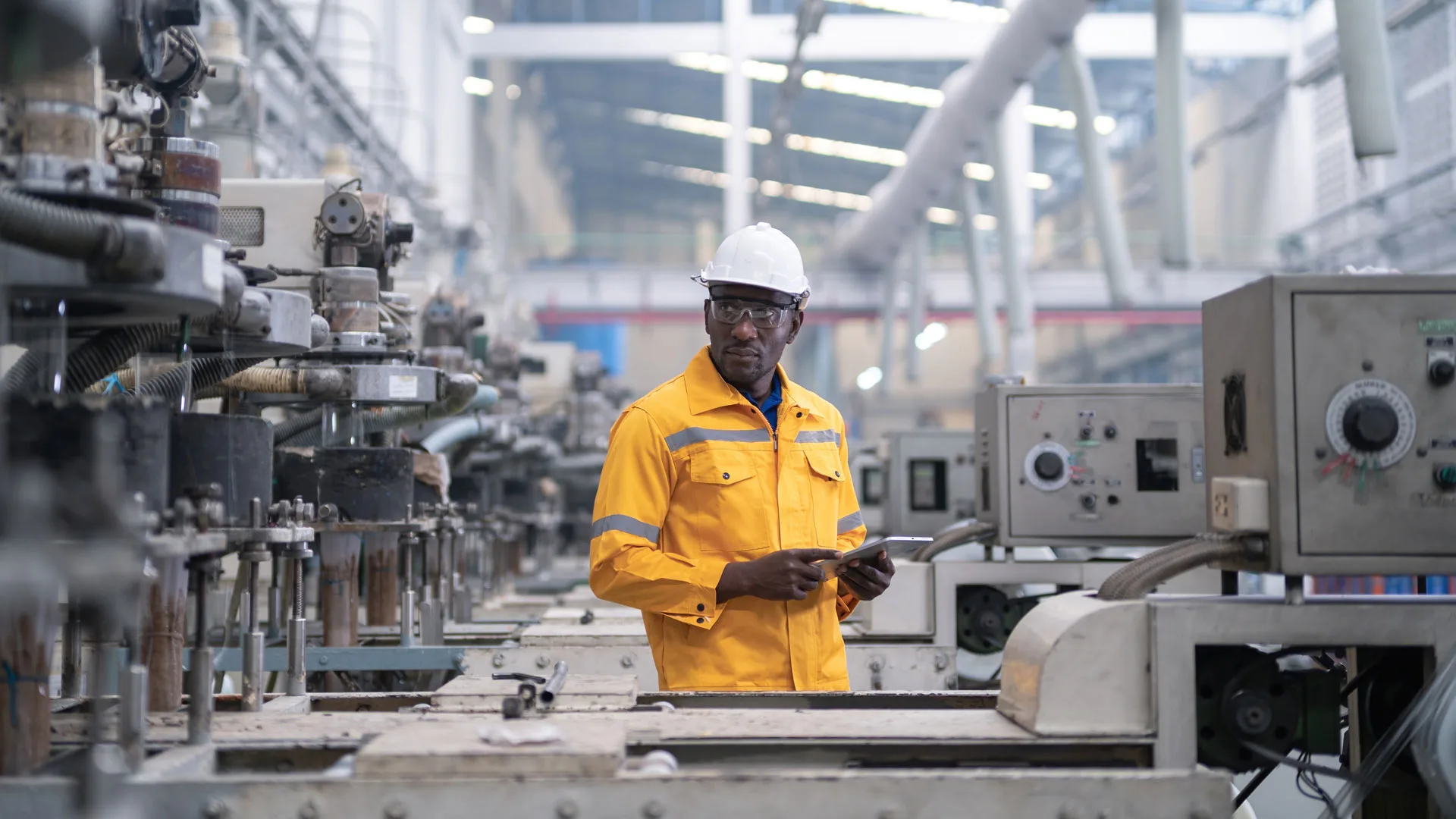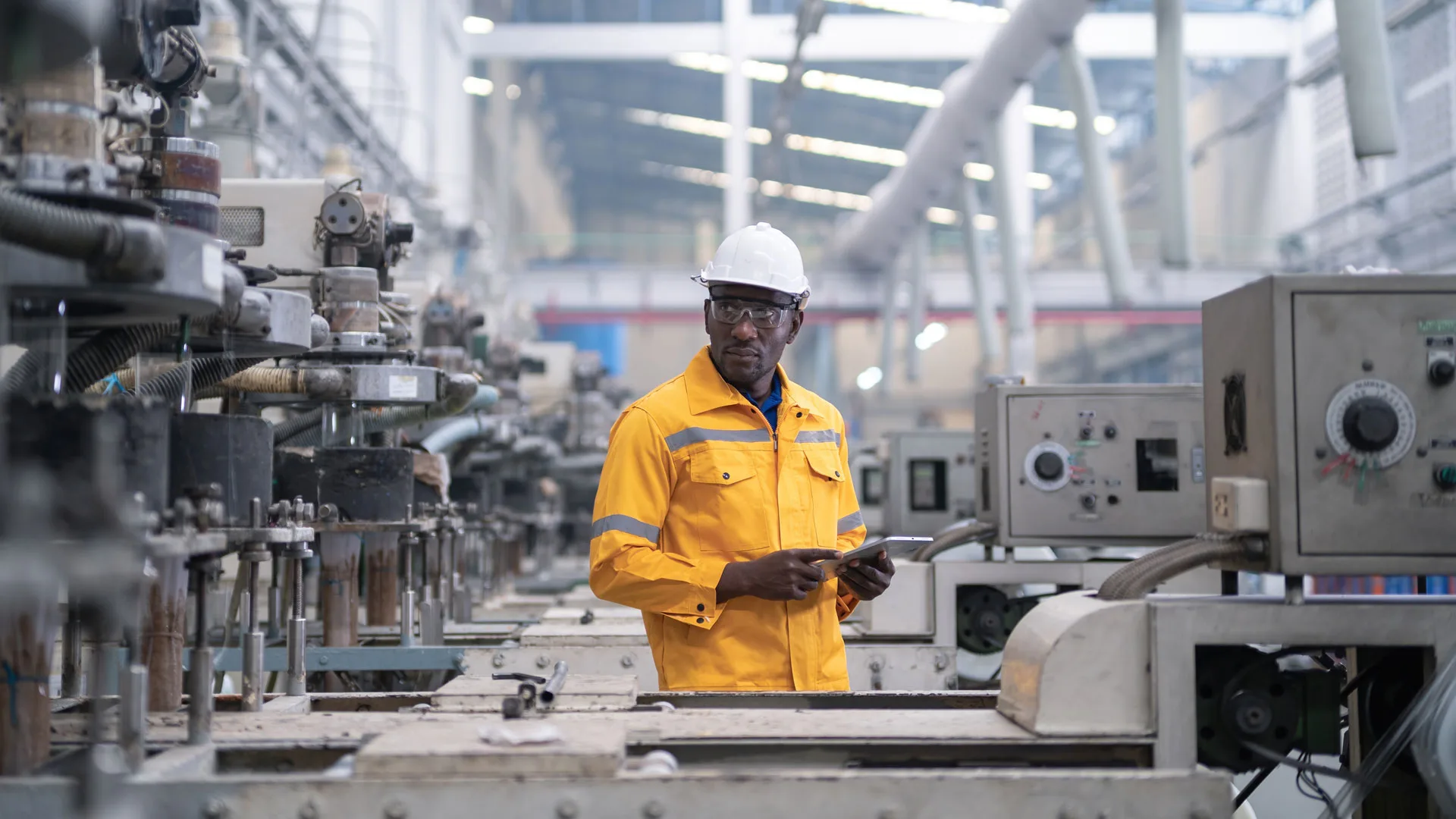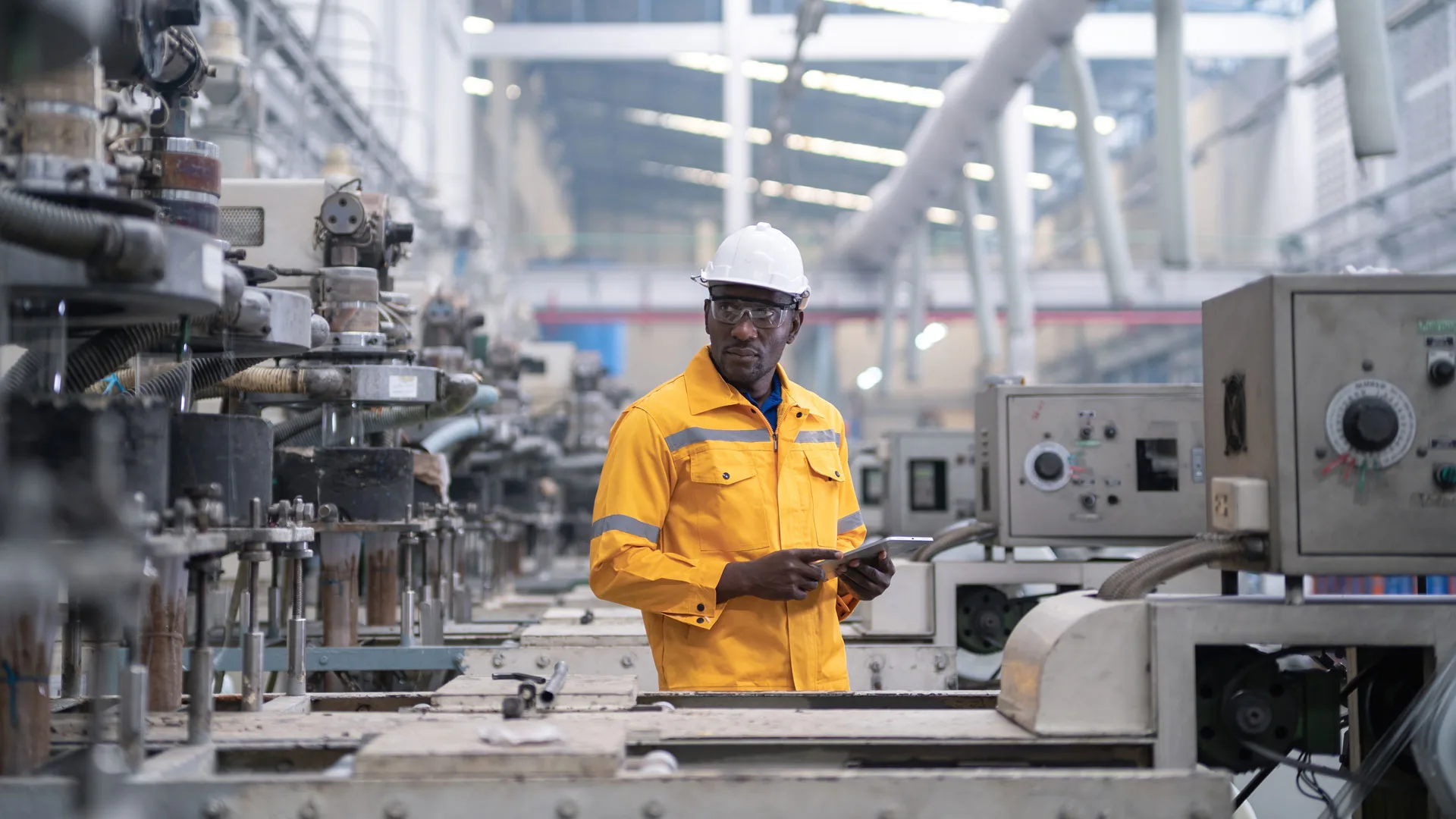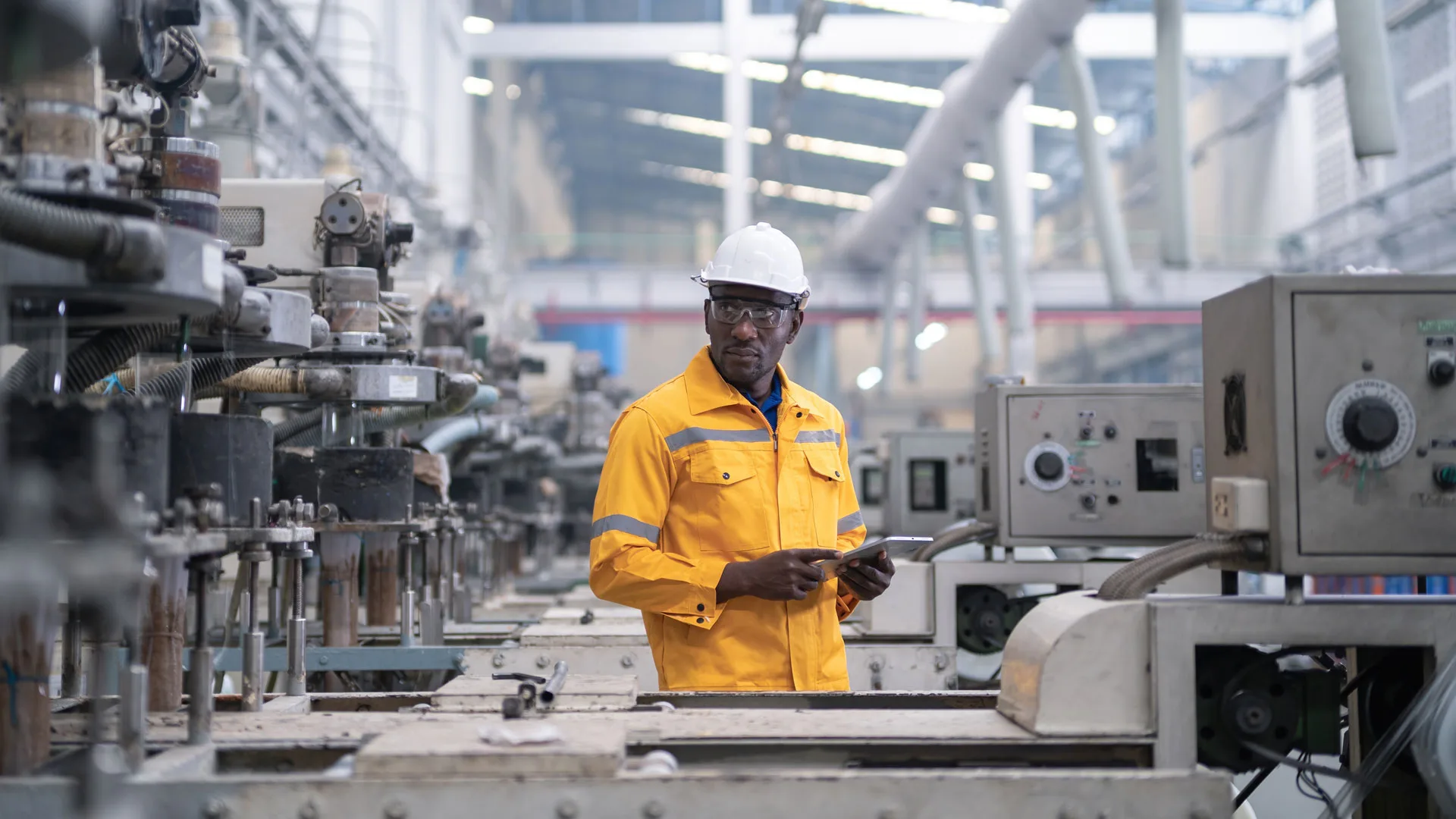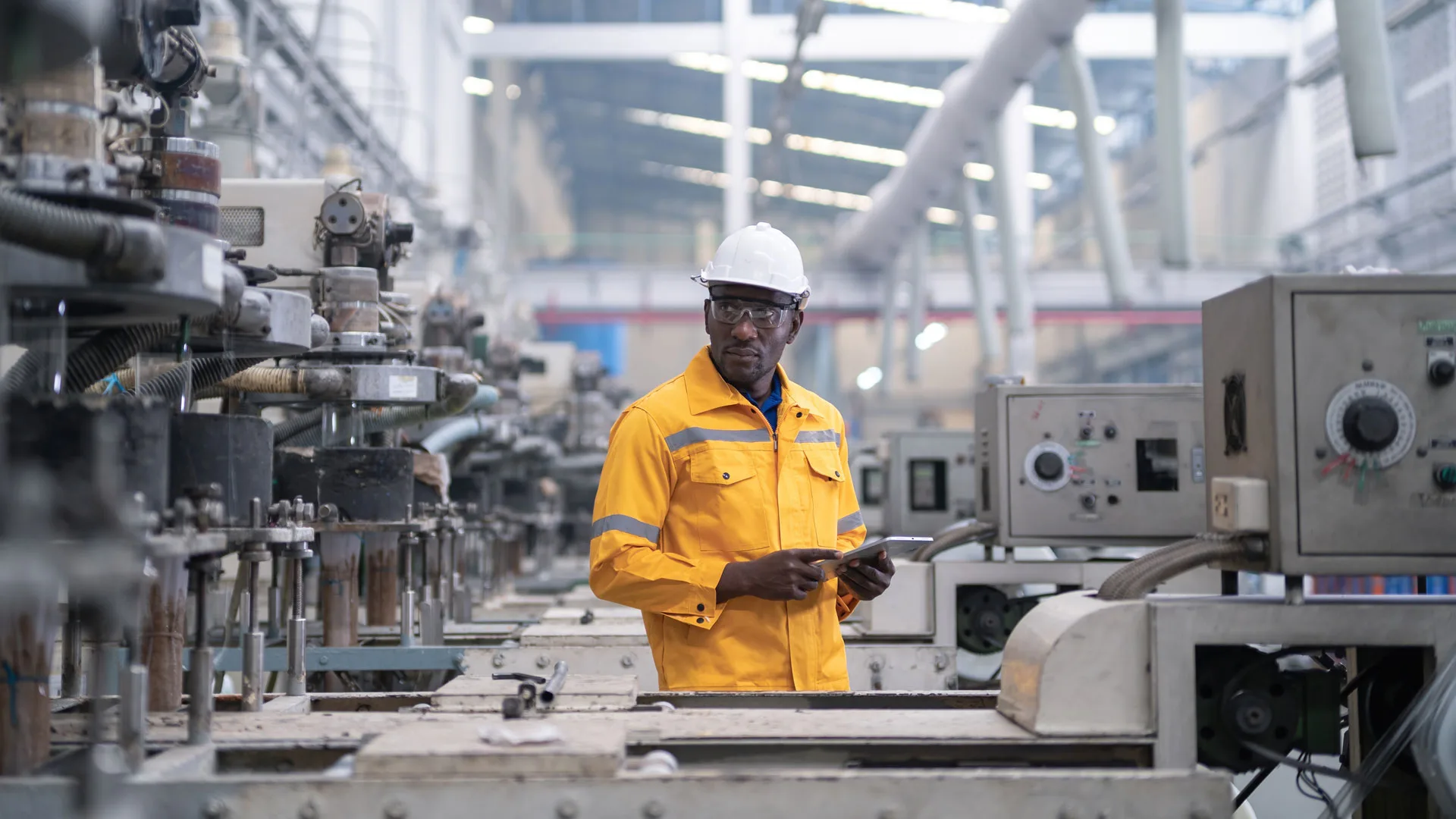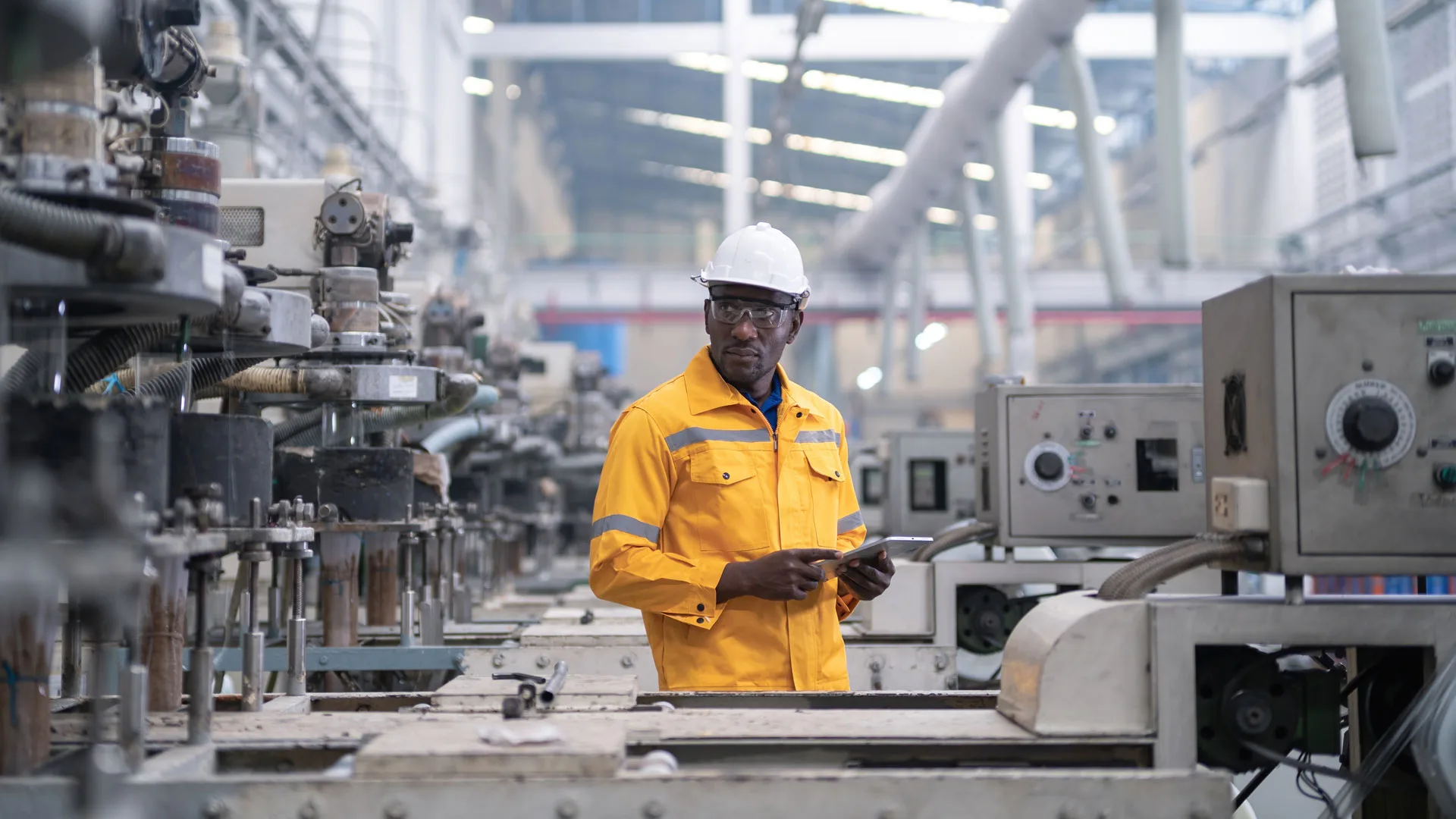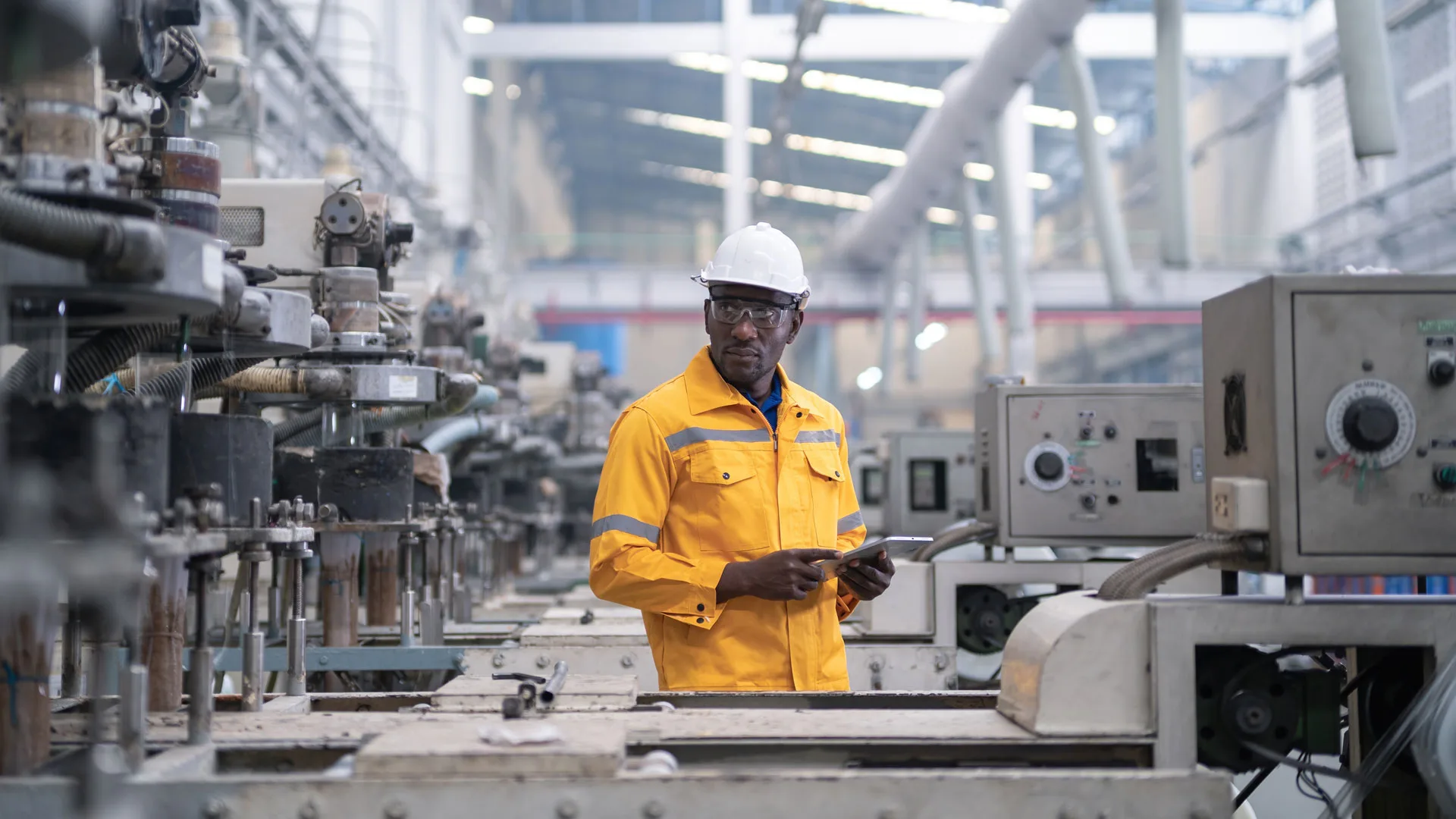Factory warehouses represent the backbone of modern supply chains, combining manufacturing capabilities with extensive storage …
Factory Automation Insurance: Protecting Your Smart Manufacturing Investment
Factory automation has revolutionized modern manufacturing, transforming traditional production lines into sophisticated networks of interconnected systems, robotics, and intelligent machinery. While these technological advances deliver unprecedented efficiency and precision, they also introduce complex new risks that require specialized insurance coverage. Understanding factory automation insurance is crucial for manufacturers investing in smart technology to protect their substantial investments and maintain operational continuity.
What is Factory Automation Insurance?
Factory automation insurance is specialized commercial coverage designed to protect manufacturers against the unique risks associated with automated production systems. This coverage goes beyond standard commercial property insurance to address the specific vulnerabilities of robotic systems, programmable logic controllers (PLCs), sensors, conveyor systems, and integrated manufacturing software.
Modern automated factories represent significant capital investments, often running into millions of pounds for complete systems. A single robotic assembly line can cost hundreds of thousands of pounds, while enterprise-wide automation systems incorporating artificial intelligence, machine learning, and Internet of Things (IoT) connectivity represent even larger investments. Factory automation insurance ensures these critical assets receive appropriate protection.
Key Components of Factory Automation Coverage
Equipment and Machinery Protection
The foundation of factory automation insurance lies in comprehensive equipment coverage. This includes protection for industrial robots, automated guided vehicles (AGVs), computer numerical control (CNC) machines, automated storage and retrieval systems (AS/RS), and sophisticated quality control equipment. Coverage extends to both the physical hardware and the specialized software that controls these systems.
Business Interruption Coverage
When automated systems fail, the impact on production can be catastrophic. Unlike traditional manufacturing where manual workarounds might be possible, automated facilities often cannot function without their technological systems. Business interruption coverage for factory automation addresses lost revenue, ongoing expenses, and the costs of alternative production methods during system downtime.
Cyber Liability Protection
Factory automation systems are increasingly connected to corporate networks and cloud-based platforms, creating cybersecurity vulnerabilities. Cyber liability coverage protects against data breaches, ransomware attacks targeting production systems, and the costs of system restoration following cyber incidents. This coverage is particularly crucial as automated systems become more interconnected and reliant on data exchange.
Technology Errors and Omissions
Automated systems rely heavily on software and programming. Technology errors and omissions coverage protects against losses resulting from software malfunctions, programming errors, or system integration failures that could disrupt production or cause defective products.
Specific Risks in Factory Automation
System Integration Failures
Modern automated factories involve complex integration between multiple systems from different manufacturers. Integration failures can cause cascading problems throughout the production process, resulting in significant downtime and potential equipment damage. These risks require specialized coverage that understands the interconnected nature of automated systems.
Obsolescence and Technology Refresh
Automation technology evolves rapidly, and systems can become obsolete within years rather than decades. Factory automation insurance should address the challenges of replacing discontinued equipment and upgrading systems to maintain compatibility with evolving technology standards.
Skilled Labor Dependencies
Automated systems require specialized technicians for maintenance and operation. The shortage of skilled automation professionals creates additional risks, as system downtime may be extended due to the unavailability of qualified personnel. Some policies include coverage for emergency technical support and expedited repair services.
Supply Chain Disruptions
Automated systems often rely on specialized components with limited suppliers. Supply chain disruptions can extend repair times and increase replacement costs. Comprehensive coverage should address these extended replacement periods and the associated business interruption costs.
Industry-Specific Automation Risks
Automotive Manufacturing
Automotive factories typically feature highly integrated automation systems where a single failure can shut down entire production lines. The just-in-time manufacturing approach common in automotive production means even brief interruptions can have significant financial impacts.
Food and Beverage Processing
Automated food processing systems must meet strict hygiene and safety standards. Equipment failures can result in product contamination, regulatory violations, and extensive cleaning and sanitization requirements. Coverage should address these industry-specific compliance costs.
Pharmaceutical Manufacturing
Pharmaceutical automation systems operate under stringent regulatory oversight. System failures can compromise product quality, trigger regulatory investigations, and require extensive validation processes before production can resume. Insurance coverage must account for these regulatory compliance costs.
Electronics Manufacturing
Electronics manufacturing relies on precision automation for component placement and quality control. Even minor system malfunctions can result in significant product defects and quality issues that may not be immediately apparent but can lead to substantial warranty claims.
Risk Assessment and Prevention
Preventive Maintenance Programs
Insurers increasingly recognize the value of comprehensive preventive maintenance programs in reducing automation risks. Regular maintenance schedules, predictive maintenance using IoT sensors, and proactive component replacement can significantly reduce the likelihood of system failures.
Redundancy and Backup Systems
Implementing redundant systems and backup capabilities demonstrates risk management commitment to insurers. Redundant controllers, backup power systems, and alternative production pathways can minimize business interruption exposure and may result in premium reductions.
Staff Training and Certification
Ensuring operators and maintenance staff receive proper training and certification reduces the risk of human error-related incidents. Many insurers offer premium discounts for facilities with certified automation technicians and comprehensive training programs.
Cybersecurity Measures
As automation systems become more connected, implementing robust cybersecurity measures becomes essential. Network segmentation, regular security updates, access controls, and incident response plans are increasingly important factors in risk assessment.
Choosing the Right Coverage
Valuation Considerations
Accurately valuing automated systems requires understanding both the replacement cost of equipment and the costs of system integration, programming, and commissioning. Underinsurance can leave significant gaps in coverage, while overinsurance wastes premium dollars.
Coverage Limits and Deductibles
Factory automation insurance requires careful consideration of coverage limits and deductibles. High-value automated systems may require substantial coverage limits, while the specialized nature of automation equipment often justifies lower deductibles to ensure prompt repairs.
Waiting Periods
Business interruption coverage for automated systems should include appropriate waiting periods that reflect the time required to diagnose problems, obtain replacement parts, and restore systems to full operation. Standard waiting periods may be insufficient for complex automated systems.
Claims Management
Specialized Adjusters
Factory automation claims require adjusters with technical expertise in automated systems. The complexity of these systems means that standard commercial property adjusters may not fully understand the scope of damage or the requirements for proper restoration.
Vendor Relationships
Maintaining relationships with automation system vendors and service providers is crucial for effective claims management. Some insurance policies include provisions for preferred vendor networks that can provide expedited service during claims.
Documentation Requirements
Proper documentation of automated systems, including system configurations, programming code, and maintenance records, is essential for efficient claims processing. Regular system backups and documentation updates can significantly streamline the claims process.
Future Trends in Factory Automation Insurance
Artificial Intelligence and Machine Learning
As AI and machine learning become more prevalent in factory automation, insurance coverage must evolve to address new risks associated with autonomous decision-making systems and the potential for AI-related errors or biases.
Edge Computing and IoT Integration
The proliferation of edge computing and IoT devices in automated factories creates new cybersecurity vulnerabilities and system dependencies that require specialized coverage approaches.
Predictive Risk Management
Advanced analytics and predictive modeling are enabling more sophisticated risk management approaches, allowing insurers to offer more tailored coverage and pricing based on real-time system performance data.
Regulatory Compliance Considerations
Health and Safety Regulations
Automated systems must comply with various health and safety regulations, including machinery safety standards and workplace safety requirements. Insurance coverage should address the costs of regulatory compliance and potential violations.
Environmental Regulations
Automated systems in industries such as chemicals and manufacturing must meet environmental regulations. Coverage should include environmental liability protection and the costs of environmental remediation following system failures.
Data Protection Requirements
As automated systems collect and process increasing amounts of data, compliance with data protection regulations becomes crucial. Insurance coverage should address regulatory fines and the costs of data breach notification and remediation.
Working with Insurance Professionals
Given the complexity of factory automation insurance, working with experienced insurance professionals is essential. Specialized brokers who understand automation technology can help identify coverage gaps, negotiate appropriate terms, and ensure that policies adequately protect against the unique risks of automated manufacturing.
Regular policy reviews are particularly important in the rapidly evolving automation landscape. As technology advances and new systems are implemented, insurance coverage must be updated to maintain adequate protection.
Conclusion
Factory automation insurance represents a critical component of risk management for modern manufacturers. As automation technology continues to advance and become more prevalent, the importance of specialized insurance coverage will only increase. Manufacturers who invest in comprehensive factory automation insurance protect not only their substantial technology investments but also their ability to maintain competitive operations in an increasingly automated marketplace.
The key to effective factory automation insurance lies in understanding the unique risks associated with automated systems, implementing appropriate risk management measures, and working with insurance professionals who specialize in this complex field. By taking a proactive approach to automation insurance, manufacturers can confidently embrace new technologies while protecting their business against the inherent risks of technological advancement.
This comprehensive approach to factory automation insurance ensures that manufacturers can focus on leveraging technology to improve efficiency and competitiveness while maintaining the protection necessary to sustain long-term business success.


 0330 127 2333
0330 127 2333
